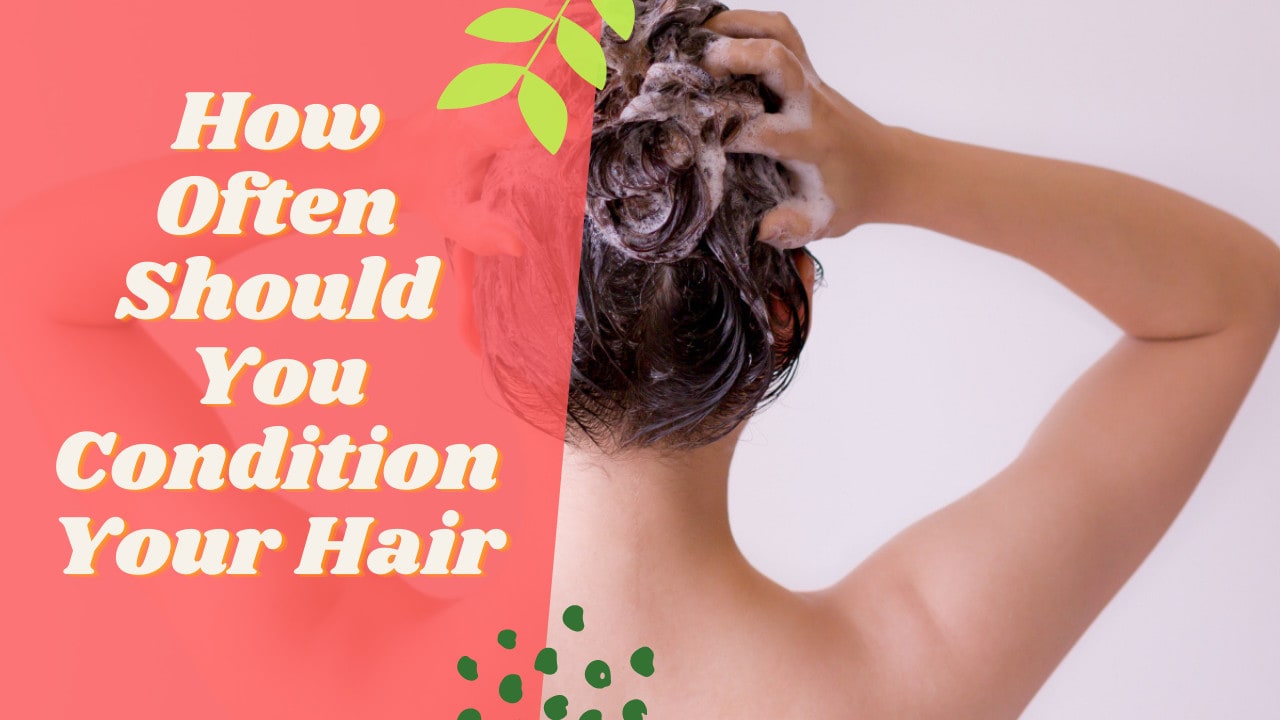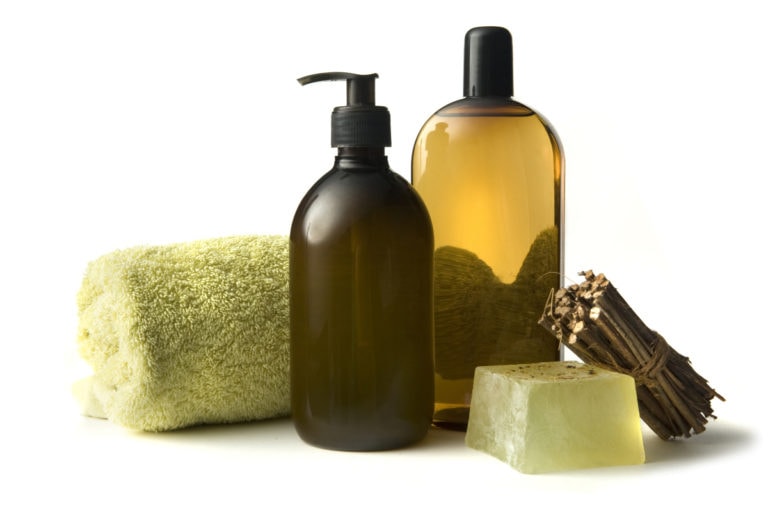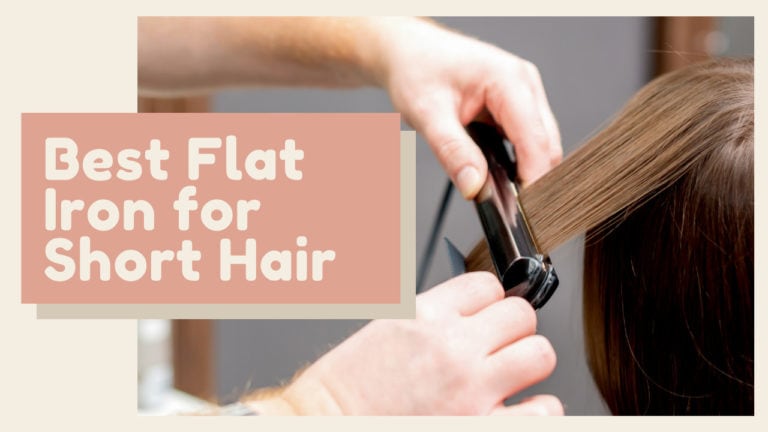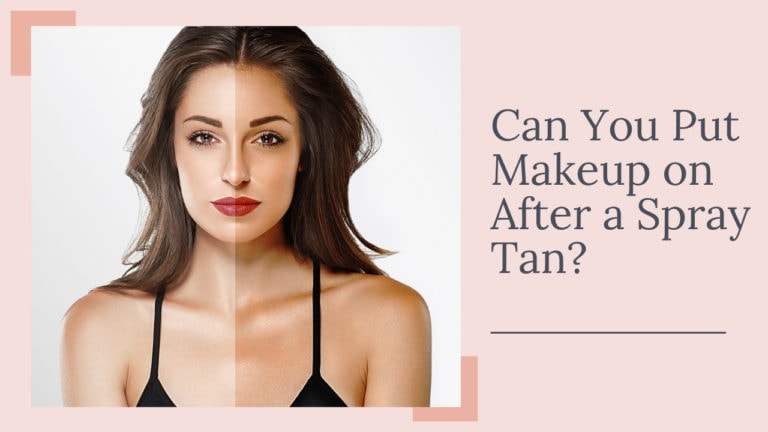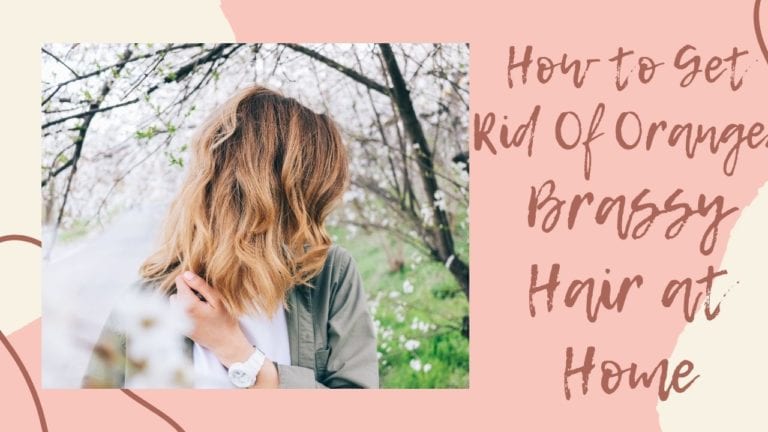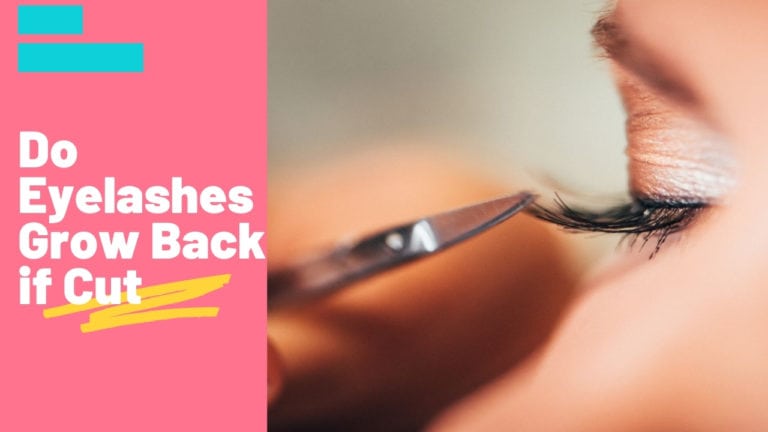How Often Should You Condition Your Hair?
Conditioners are absolutely fantastic – at least the right ones – there’s no denying that. Their ability to soften hair, tame it, and make it much shinier certainly makes them appealing for most ladies, to say the least.
But then again, moderation is key, right? When applied too much, the conditioner can have the opposite effect and cause greasiness. In contrast, if you apply too little of it to your hair, it’ll end up getting tangled and too dry. You’ve probably experienced both situations, so how do you find the sweet spot between both? And how often should you condition your hair?
These are the questions we answer in this article, so read on to find out.
This Is How Often You Should Condition Your Hair
The first question to ask is, are all conditioners one and the same? Absolutely not. And with that being so, the frequency at which you’ll condition your hair will ultimately depend on both the conditioner type and your hair type – because there’s no one-size-fits-all. Let’s explain further.
Rinse-Out/Wash-Out Conditioners
Rinse-out conditioners are the most classic and common. Essentially, these are what you’d expect people to be talking about when referring to conditioners in general.
Typically, they’re applied in the shower, and you rinse hair a couple of minutes later (1-2). With rinse-out conditioners, your main purpose is to close the hair follicle’s cuticles and restore any moisture lost during the shampooing process.
According to the American Academy of Dermatology Association (AAD), you should use a rinse-out conditioner following each shampoo wash, but only on the tips of your hair, not on the actual scalp or hair length.
On that note, the association recommends washing your hair as often as once a day if you have an oily scalp and less frequently if you have chemically-treated hair. But with oily and fine hair, be very careful with how you apply the conditioner because it can weigh your hair down if applied on the hair’s full length.
Tip: If you use a 2-in-1 shampoo, which serves both cleaning and conditioning hair purposes, you shouldn’t be using a separate conditioner during the same wash.
No Rinse/Leave-In Conditioners
Leave-in conditioners are those you use after you wash your hair but before you style it. While they may seem similar to wash-out conditioners, the key difference is that leave-in conditioners are usually applied to towel-dried hair and aren’t washed out.
Therefore, since you leave them “in” your hair –literally– they provide that extra moisture to your hair than standard conditioners, and they also protect it from sun or heat damage while detangling strands until it’s time for your next wash.
Leave-in conditioners are ideal for mild dry hair as well as damaged hair, and for the best results, they should be applied weekly. But if your hair is extra dry, requires significant repair, or is curly, apply it regularly or as much as you’d like.
Deep Conditioners
Deep conditioners are the real deal when it comes to fixing any hair issue you may be experiencing, from split ends to breakage. To do that, their formulas are heavier and more intense to cater to the specific issue on hand. They’re also left on the hair for not as long as leave-ins but not as little as rinse-outs – you leave them for around half an hour on average.
Since deep conditioners’ texture tremendously varies from that of the previous two hair conditioner types, they’re applied much less frequently. Preferably, you should only use a deep conditioner monthly or every two months.

Co-Washing/Cleansing Conditioners
Last but not least, cleansing conditioners are those that don’t lather, contain little-to-no sulfates, and work to clean and condition your hair at once. Since they’re super gentle on the hair and won’t weigh it down, co-washing or cleansing conditioners are perfect for damaged, fine, oily, and color-treated hair.
Cleansing conditioners are exactly like rinse-out conditioners in that you don’t keep them on your hair for long. Still, while a 2-in-1 shampoo would eliminate the need for a separate conditioner, a cleansing conditioner would eliminate the need for a separate shampoo.
So, since they basically replace shampoo, you can apply cleansing conditioners as often as you’d typically apply your regular shampoo.
Are You Over-Conditioning?
You should also keep an eye out for the signs that tell you whether you’re giving your hair “too much” of the good stuff, aka conditioner. Here are some indications:
- Lack of volume
- Excessive glossiness
- Greasiness
- Generally more burdensome to manage and style hair, even with heat
Once you spot any of these issues, that’s precisely when you should cut back on the conditioner.
Are You Under-Conditioning?
On the other hand, what if you’re not giving your hair the conditioning it needs to nourish? Here’s how your hair will tell you:
- Unreduced frizz
- Dullness
- Excessive tangling
- Brittle/dry strands
- Breakage
If you use conditioners but find that these issues are still recurring, try to apply them more often.
The Bottom Line
When it really comes down to it, there’s no right or wrong when it comes to how often you should condition your hair. It all boils down to your hair type, the conditioner you’re using, the purpose you’re seeking out of the conditioner, and even how often you wash your hair.
But as a recap, the golden rule is to condition your hair every time you wash it since the conditioner ultimately complements shampoo unless it’s a 2-in-1 shampoo. The key is just to find the right conditioner for your hair type and not apply it to the hair length or scalp but just to the tips.
In all cases, feel free to go through a trial-and-error process and play around with different frequencies to find the right balance that works for you!

